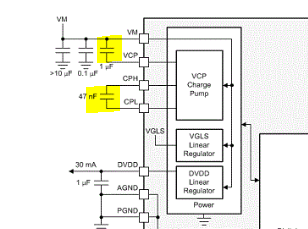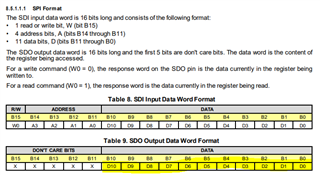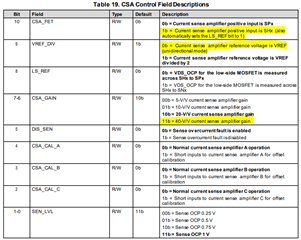We are building a new driver and we are testing our firmware, after reading status of registers we can to notice that fault register 1 is all clear but fault register 2 is 511 decimal value. There is also over temperature warning even though motor is not connected / drive is not even given any signal, The physical temperature of the IC seems less than 40-50 degree maybe even less.
What can be the reason for this fault? since we are testing the current given to overall drive is limited to 500mA and total current drawn along with MCU is hardly 60mA max.
Kindly suggest what needs to be checked to clear all the warnings






